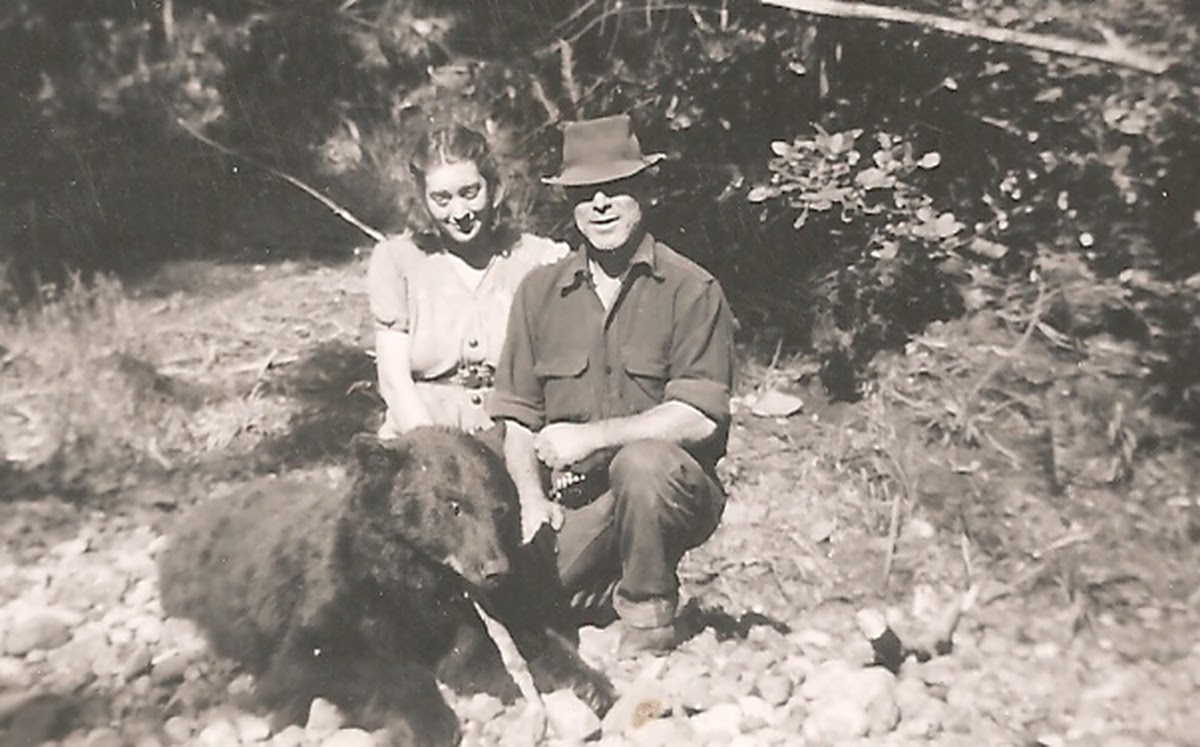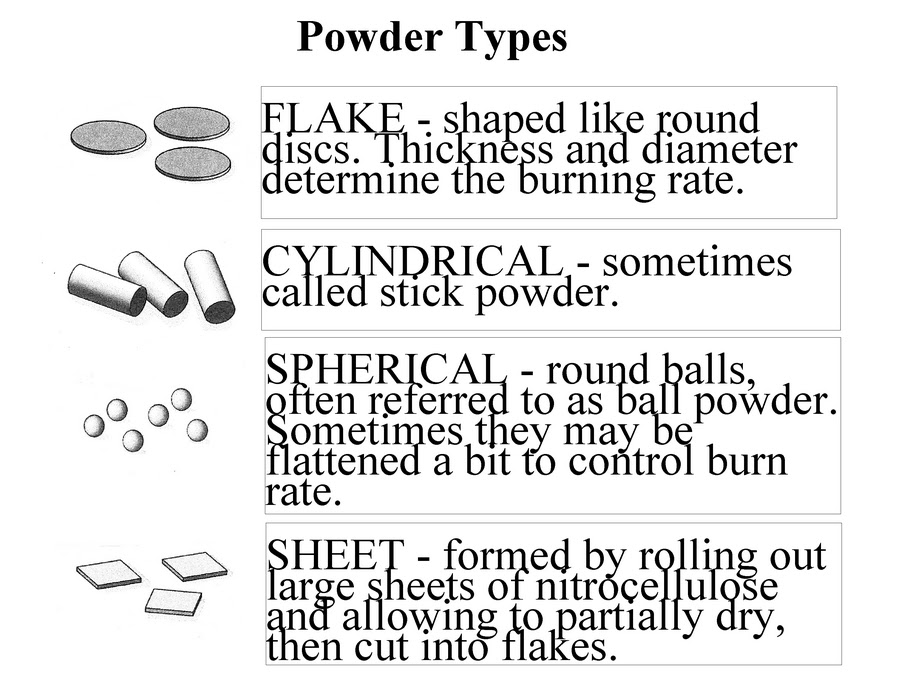Times sure passes quickly, and things happen in life that make the wheels move slower. I understand I've been away for some time now.
Life events:
- Hunting 2013 - (no luck)
- Christmas 2013 and visiting kids 5 hours away (several times)
- Spring 2014 and the beginning of house hunting (to buy)
- Late Spring, 2014 - enjoying some awesome sunsets (see below)
- Summer 2014 - house hunting continued......(no luck)
- Late Summer 2014 - finding a new rental at the last minute
- October, 2014 - moving to new rental
- October, 2014 - hunting in Central Oregon (see below)
- October, 2014 - wind storms and fallen trees (see below)
- November, 2014 - gathering firewood
 |
| No photos have been retouched! |
One thing that may be of interest to some of you. I took a .308 model 88 Winchester and had a .338 Federal chambered barrel put on it. That gives you quite a bit more energy for Elk hunting in the brush on the coast, or in the thick timber anywhere.
As all of us know, this is not a long range cartridge, but comes into its own at short to medium range. You can take any short action rifle in .243, .308 and others, in any action you find those calibers in. You can find many sights on the .338 Federal on the internet. I find them interesting. I hope you will too.
I did go deer hunting around La Pine, OR this year (where I live), and not to any surprise, the season around here is way too early, it was way too warm and the deer were not moving. It was a full moon, so needless to say, it was a bust for me.
I am seriously thinking of moving back to the Oregon coast (anywhere west of the Cascade Mountains), where my luck has been much better in years past.
 |
| My La Pine hunting area - north and west of La Pine, not too far from the Deschutes River. |
High winds and lots of rain (which is unusual for this area) caused a huge pine to topple in our new rental's front yard. Lots of cleanup... kept my busy... and much needed firewood.
And of course, no buck sightings in the mountains around here, but they come right into our yard!
Oh well.... nothing fills your hands better than a well-loved wife and your favorite rifle......
Good hunting............oh... and hope you've had a chance to take a gander at my book. I still have plenty of copies to go around. You can purchase one right here on my blog... would make a great Christmas gift for someone who's into hunting and shooting, or just likes some good stories.
...........and I'll try to make my next post happen sooner, than later... unless life gets in the way.
Mac

%2Bcropped.jpg)
.jpg)


.JPG)























.tif)

